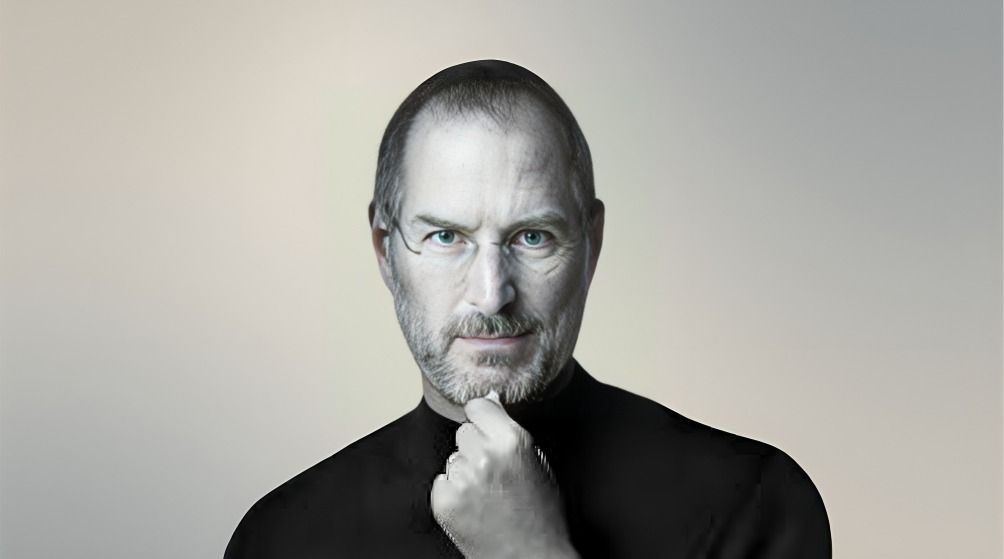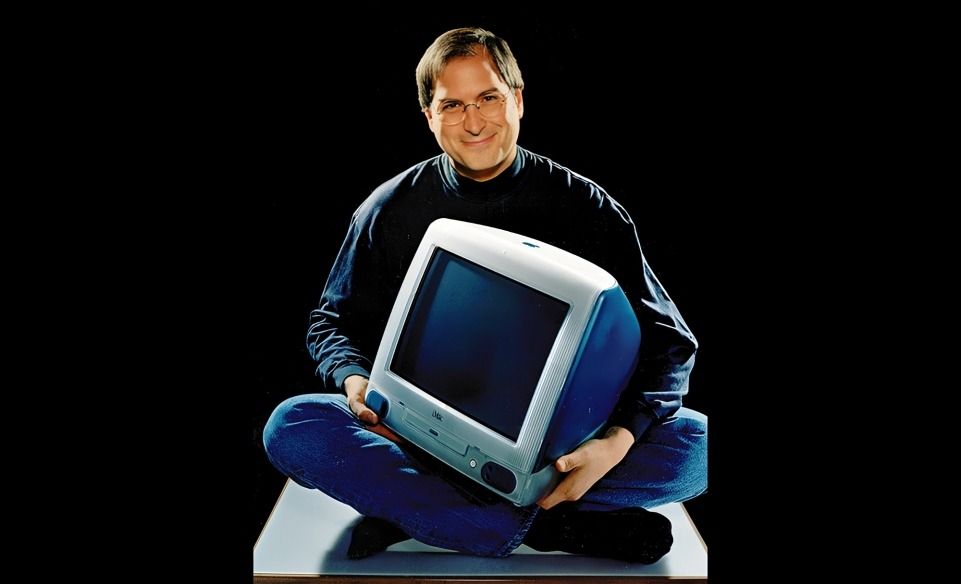
“
Steve Jobs, co-founder of Apple Inc., was a visionary whose ideas shaped the technology landscape we know today. Known for his relentless pursuit of innovation, Jobs introduced groundbreaking products like the iPhone, iPad, and MacBook, which revolutionized personal computing and mobile technology. Beyond his contributions to tech, Jobs was also celebrated for his marketing genius, keen design sense, and ability to predict future trends. This blog explores 20 fascinating facts about Steve Jobs, revealing lesser-known aspects of his life, work philosophy, and creative legacy. Discover the journey of a man who, despite setbacks and challenges, continually pushed the boundaries of technology, leaving an indelible mark on the world. Dive into these intriguing details and appreciate the mind behind some of today’s most beloved gadgets.1
”
Steve Jobs co-founded Apple in 1976 with his friend Steve Wozniak, starting the company in his parents’ garage. This humble beginning rapidly transformed into one of the world’s largest tech empires.1
Adopted shortly after birth, Jobs grew up in California, where his fascination with electronics and design emerged early. His curiosity and persistence soon led him toward groundbreaking contributions in technology.2
Although a college dropout, Jobs audited classes like calligraphy at Reed College. This unique experience influenced Apple’s distinctive typography and user interface, shaping the brand’s famously clean design.3

After a power struggle in 1985, Jobs left Apple, only to return in 1997 as CEO. He spearheaded Apple’s transformation, making it a world-renowned powerhouse in innovation and style.
After leaving Apple, Jobs founded NeXT, a computer company focused on advanced technology. Apple later acquired NeXT, bringing Jobs back as CEO, where he revived Apple’s success and growth.4
In 1986, Jobs acquired a small graphics company, which became Pixar. Under his leadership, Pixar created hits like Toy Story, revolutionizing the world of animated filmmaking forever.5
Known for perfectionism, Jobs believed every detail mattered, from product aesthetics to packaging. This relentless focus on design made Apple products both visually appealing and highly functional.6

The iMac, introduced by Jobs in 1998, featured bold colors and a unique shape. This design revitalized Apple, marking the start of a new era of innovative tech products.
Jobs pioneered the "digital hub" concept, envisioning a world where devices like iPods, iPhones, and iPads connected seamlessly. This vision has influenced today’s digital lifestyle ecosystem.7
Jobs’ black turtleneck, jeans, and sneakers became iconic, reflecting his simplicity and focus. He wore this uniform daily, emphasizing that design and innovation should always be in focus.8
In 2007, Jobs introduced the iPhone, a revolutionary device combining phone, internet, and media features. This creation reshaped the smartphone industry and the way people communicate.9

Jobs valued simplicity in design, saying, "Simple can be harder than complex. You have to work hard to get your thinking clean." This philosophy defined Apple’s approach to products.
Throughout his life, Jobs held over 300 patents covering everything from hardware to user interfaces. This impressive range of patents showcases his relentless creativity and attention to detail.10
Jobs once shared that LSD was among the most important experiences of his life, believing it helped expand his creativity, perspective, and approach to design and innovation.11
When diagnosed with cancer, Jobs initially resisted conventional treatments, opting for alternative therapies instead. His decision to delay surgery may have impacted the outcome of his battle.12
Apple’s original logo featured Isaac Newton under an apple tree. However, Jobs felt it was too complex and commissioned the simpler bitten apple logo we know today.13
Jobs initially opposed third-party apps on the iPhone, fearing they might compromise user experience. However, he eventually approved the App Store, sparking today’s app development revolution.14

Despite his intense dedication to Apple, Jobs was a family man. He had four children, including Lisa Brennan-Jobs, his daughter from a previous relationship, with whom he reconciled.
Jobs was intensely private, rarely giving interviews and keeping his personal life out of the spotlight. He preferred to let his work and innovations speak for themselves.15
In his final public appearance in 2011, Jobs unveiled Apple’s new headquarters, Apple Park, a massive, ring-shaped building that symbolized his lasting vision and dedication to design.16


